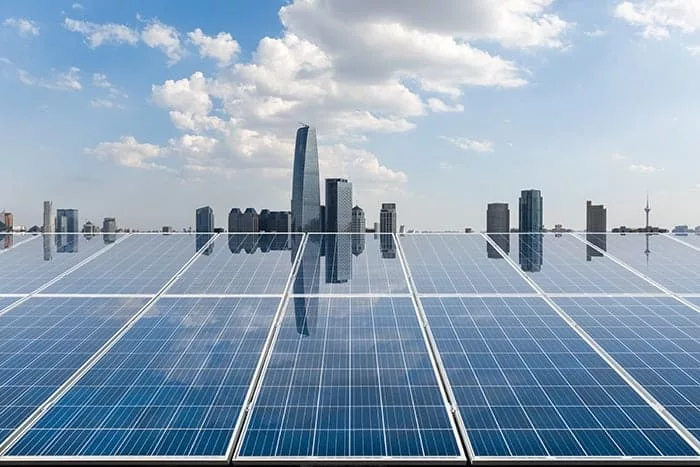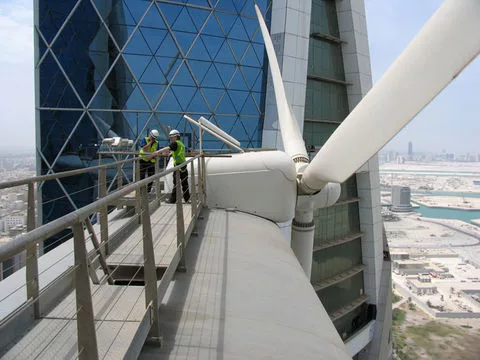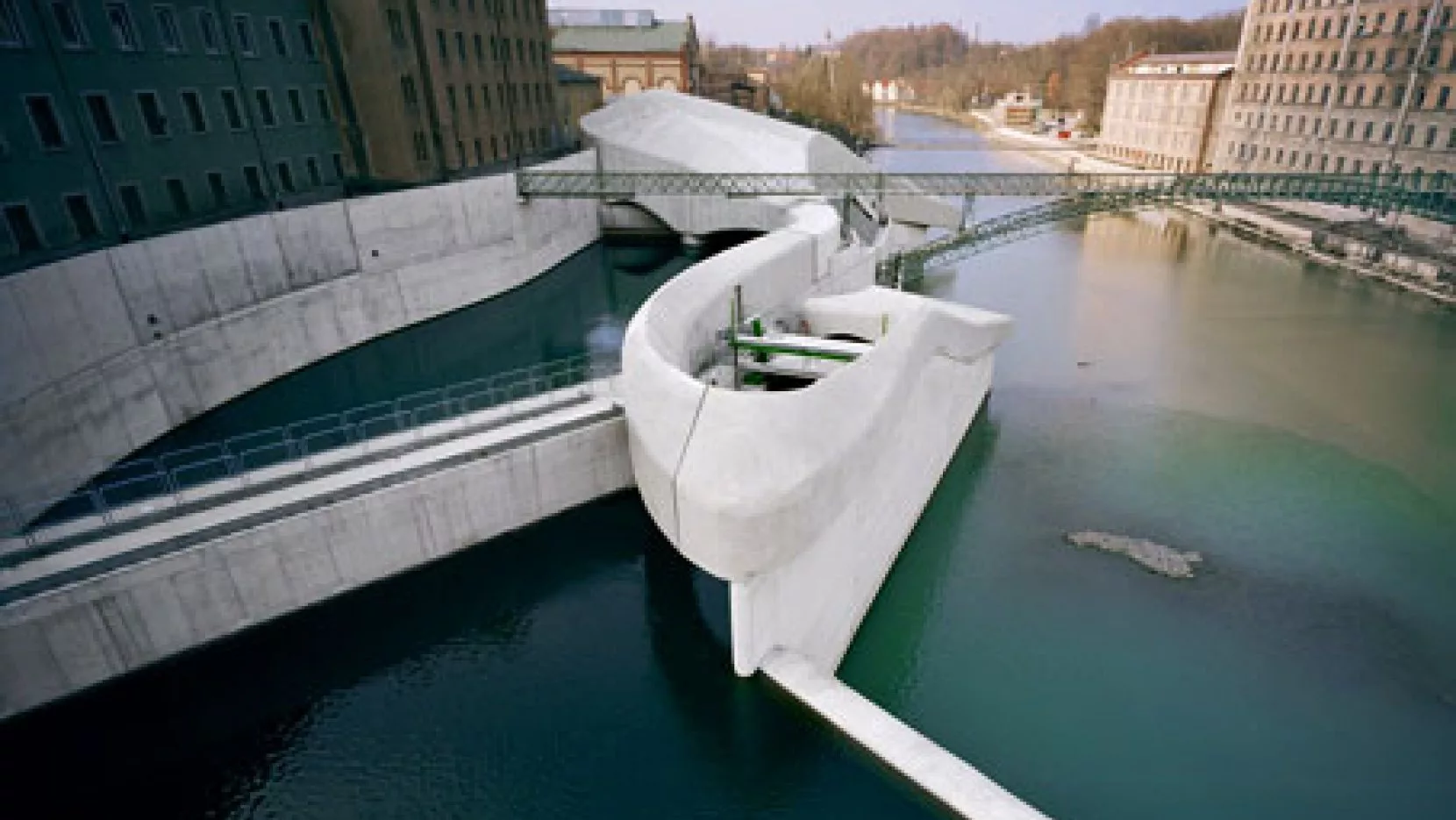
Renewable Energy
The path to decarbonization in real estate requires the integration of a renewable energy strategy, including both installed onsite and purchased offsite clean power.
The Belson Group believes there is a strong business case for renewable energy, including lowering energy costs or reducing cost volatility, strengthening the utility grid, improving resilience, meeting net zero goals, and increasing tenant demand. We identify, prioritize, and execute renewable energy deals.
Solar Power

There are several ways to apply renewable solar power in the commercial real estate industry. For instance, water heaters now come with solar-powered models. These units use the sun’s energy to heat water in a storage tank, allowing the unit to deliver heated water on demand. Additionally, solar roof panels are a common renewable energy asset for commercial proprietors. When exposed to sunlight, solar paneling uses the photovoltaic effect (solar cells converting sunlight into energy) to produce electricity for a building. A few years ago, it was a larger initial investment that paid off over time, but nowadays, the price for solar paneling has dropped substantially, so it is now more affordable than ever.
Wind Power
Our atmosphere is powerfully swirling and churning above us without fail, so it is no surprise that we have taken an interest in learning how to harness that energy for ourselves! Wind power is extraordinary because it carries an abundant amount of force, force that can be used to power our commercial properties and office buildings. The instrument used to harness the wind is called a wind turbine. Wind turbines and are usually white, and stand tall with large defined blades. They generate power as their swift blades turn in the wind. The spinning blades send force to a generator, which then produces electricity for a building.

Hydro-Electric Power

Hydroelectric power works in a very similar way to wind power, minus the wind. Instead, it uses the force of moving water to produce and harness energy. In order to utilize hydroelectric power, you must have access to a flowing water source. Ideally this would be a dam or river, but can also come in other forms. You must also have permission from local authorities to install hydro-electric renewable energy operations, like a micro-hydropower system.
